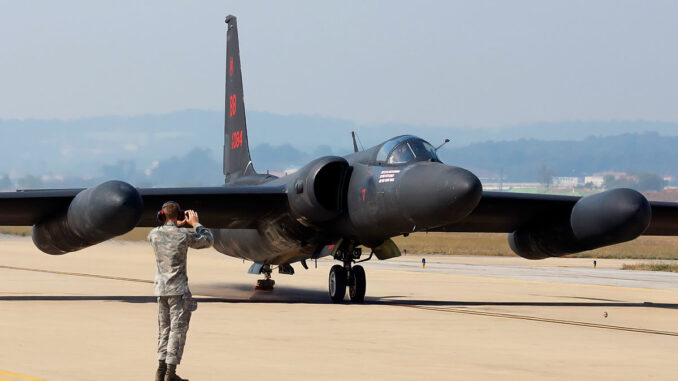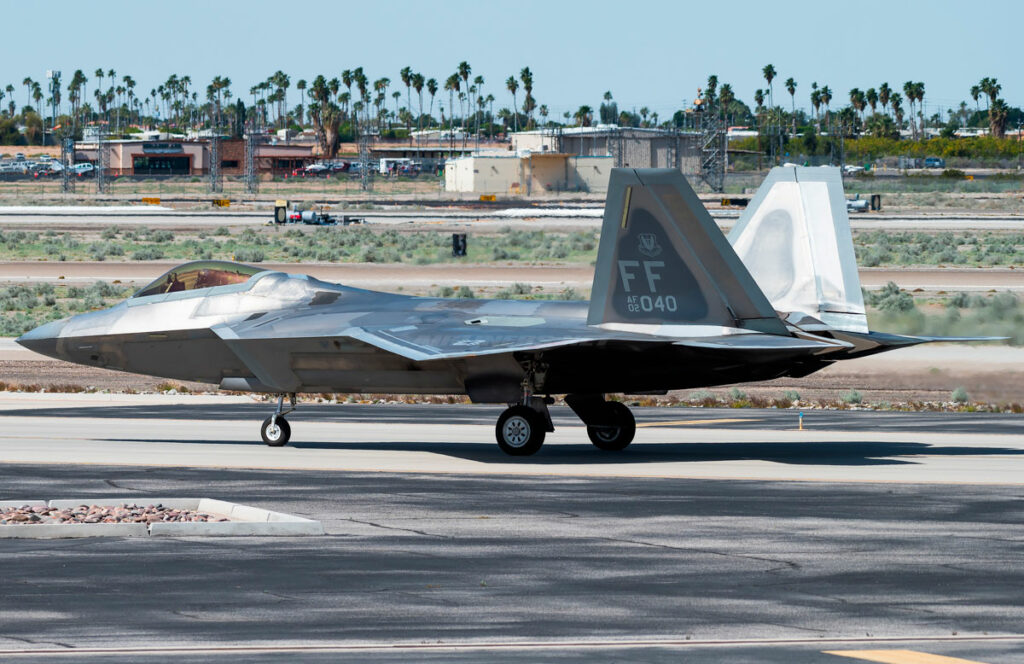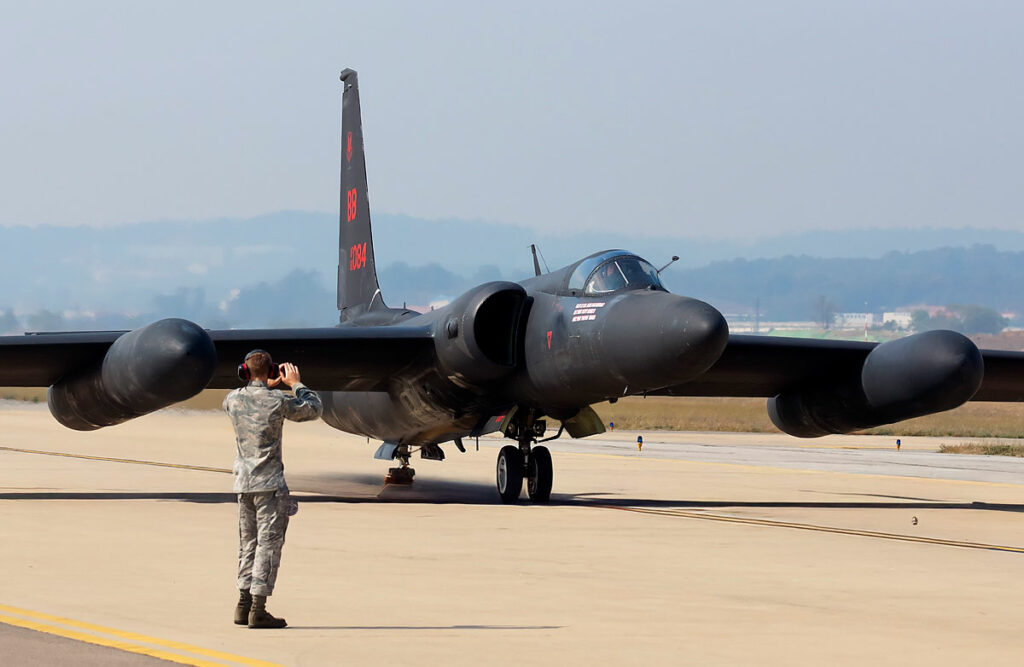
Lockheed Martin’s Hydra project connects U-2, F-35 and F-22, transforming the speed and effectiveness of air and ground attacks.
Project Hydra, developed by Lockheed Martin Skunk Works, redefines military capabilities through real-time connectivity between U-2, F-35, F-22 aircraft and ground forces. The system, which has been successfully tested, integrates critical data (coordinates, speed, maps) and transmits it instantly, reducing the time between target detection and neutralization. This breakthrough is based on technologies such as artificial intelligence, programmable radios and secure data links. By connecting fifth-generation platforms and ground forces, this project improves operational efficiency, becoming a strategic priority for the Pentagon as part of the Joint All Domain Command and Control (JADC2) program.
Revolutionary connectivity for “relevant speed” warfare
The Hydra project illustrates the integration of a real-time network to optimize military operations. Using a specific payload installed on a U-2 Dragon Lady, the experiment linked fifth-generation aircraft such as the F-35 and F-22 to ground command centers.
The system is based on the fusion of advanced data links, including the F-35’s Multifunction Advanced Datalink (MADL) and the F-22’s Intra-Flight Data Link (IFDL), via an Open Systems Gateway. This technology guarantees secure, two-way communication, even in intense electronic warfare environments. During tests, data such as target coordinates, speed and maps were transmitted in real time, dramatically altering the OODA (Observe, Orient, Decide, Act) decision cycle of military operations.
At the heart of this breakthrough is the improvement in sensor-to-shooter time. This capability makes it possible to overtake enemy decisions by connecting sensors and shooters at unprecedented speed. For example, a U-2 spotting a group of armored vehicles or enemy fighters can instantly share this information with an F-35, an F-22 or a ground unit equipped with anti-aircraft defenses, altering the outcome of a battle in a matter of seconds.

A strategic advance for the Pentagon
Project Hydra is part of the Joint All Domain Command and Control (JADC2) program, aimed at integrating all branches of the US armed forces into a unified combat structure. The aim is to provide decision-making superiority through multi-domain connectivity, involving land, air, sea and space forces.
The strategic importance of this connectivity lies in its ability to operate in contested environments. Modern conflicts, such as those in Ukraine, demonstrate the importance of secure communications to avoid enemy interference. Thanks to technologies such as programmable radios and LINK 16 links, Hydra ensures fast, secure transmission, minimizing the risk of interference.
In economic terms, this project also represents a major investment. Fifth-generation systems, such as the F-35, cost around €90 million per unit, making each aircraft valuable. By optimizing their use through advanced data networks, the Pentagon is maximizing return on investment while boosting operational efficiency.
Operational and technological consequences
Hydra transforms not only the speed of operations, but also their efficiency. By connecting existing platforms, this project eliminates the need to develop new aircraft or systems, enabling seamless integration into existing fleets.
Using artificial intelligence to analyze data in real time also improves strike accuracy. For example, a U-2 collecting information can transmit refined data directly to an F-35, reducing errors and increasing mission effectiveness. This ability to link sensors and shooters in real time is becoming a strategic advantage in conflicts where every second counts.
However, this advance also poses cybersecurity challenges. Connected systems, although protected, remain vulnerable to sophisticated cyberattacks. Consequently, ongoing efforts are needed to ensure the resilience of military networks.

Impact on modern conflicts
Hydra marks a turning point in the way modern warfare is conducted. In Ukraine, for example, the lack of comparable connectivity between Russian forces led to significant casualties, highlighting the importance of systems like Hydra.
This technology also has implications for America’s allies. By sharing these capabilities with strategic partners, such as NATO members, the Pentagon is strengthening cohesion and interoperability within military alliances. This could play a key role in future multi-domain conflicts, where rapid and effective coordination is essential.
The Hydra project illustrates how technological advances are transforming modern warfare. By connecting fifth-generation platforms, sensors and shooters in real time, this system reduces the time between detection and action, improving the speed and efficiency of military operations. In a context of rapidly evolving threats, Hydra is becoming a cornerstone of US military strategy, enhancing not only its own capabilities, but also those of its allies. This development underlines the growing importance of connected networks in contemporary conflicts, redefining the norms of warfare in the 21st century.
War Wings Daily is an independant magazine.